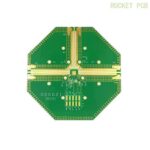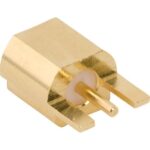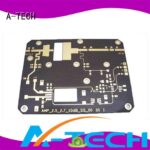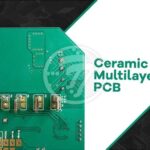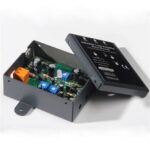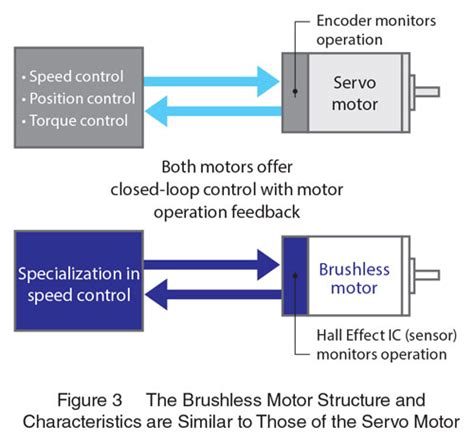
ALL ABOUT FLEX PCB
-
 Read more: Stepper motor vs. DC motor- How are they Different
Read more: Stepper motor vs. DC motor- How are they DifferentWhat is a Stepper Motor? A stepper motor is a brushless DC electric motor that divides a full rotation into a number of equal steps. It moves in discrete increments, or steps, rather than rotating continuously like a conventional DC motor. The motor’s position can be precisely controlled without any […]
-
What Is LED PCB
Posted by
–
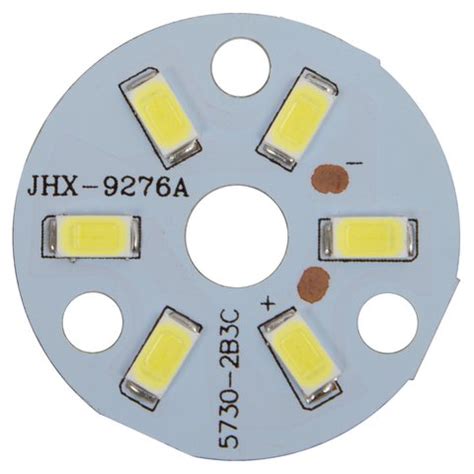 Read more: What Is LED PCB
Read more: What Is LED PCBIntroduction to LED PCB An LED PCB, or Light Emitting Diode Printed Circuit Board, is a specialized type of printed Circuit Board Designed to support and control LED lights. LEDs have become increasingly popular in recent years due to their energy efficiency, long lifespan, and versatility in various applications, ranging […]
-
PCA Electronics-How To Use It
Posted by
–
 Read more: PCA Electronics-How To Use It
Read more: PCA Electronics-How To Use ItWhat is PCA Electronics? PCA (Printed Circuit Assembly) Electronics refers to the process of assembling various electronic components onto a printed circuit board (PCB) to create a functional electronic device. The PCB is a flat board made of insulating material, such as fiberglass or plastic, with conductive pathways etched or […]
-
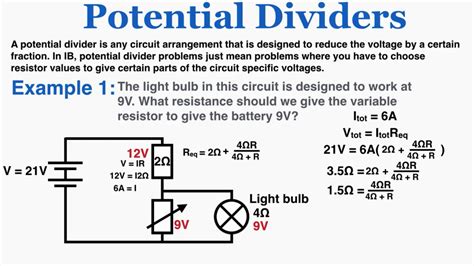 Read more: What is a voltage divider- 4 Types of Voltage Divider Circuits
Read more: What is a voltage divider- 4 Types of Voltage Divider CircuitsHow Does a Voltage Divider Work? The working principle of a voltage divider is based on Ohm’s law and the concept of series resistance. When two resistors are connected in series, the voltage across each resistor is proportional to its resistance value. The total voltage across the series combination is […]
-
What is An Optocoupler: How It Works and More
Posted by
–
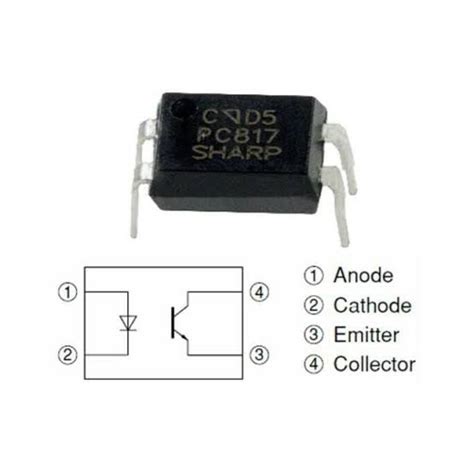 Read more: What is An Optocoupler: How It Works and More
Read more: What is An Optocoupler: How It Works and MoreHow Does an Optocoupler Work? The working principle of an optocoupler is based on the conversion of electrical energy into light energy and then back into electrical energy. The main components of an optocoupler are: Light-emitting diode (LED): This is the input side of the optocoupler. When an electrical signal […]
-
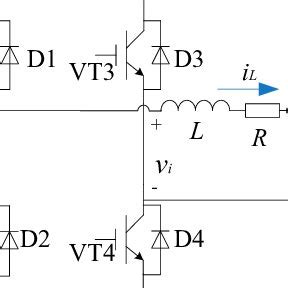 Read more: PWM Inverter – Ideal For the Distinct Loads Connected
Read more: PWM Inverter – Ideal For the Distinct Loads ConnectedIntroduction to PWM Inverters A PWM (Pulse Width Modulation) inverter is a type of power inverter that converts direct current (DC) to alternating current (AC) using a switching technique called pulse width modulation. PWM inverters are widely used in various applications, including solar power systems, uninterruptible power supplies (UPS), and […]
-
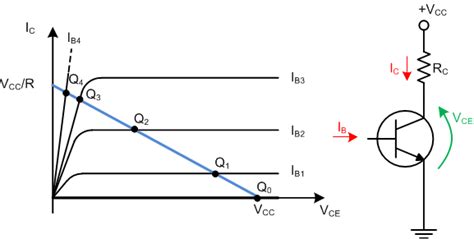 Read more: BJT Load line: A Better Understanding of The Function
Read more: BJT Load line: A Better Understanding of The FunctionIntroduction to BJT Load Line In the world of electronics, understanding the behavior of transistors is crucial for designing and analyzing circuits. One of the most commonly used transistors is the Bipolar Junction Transistor (BJT). To properly analyze and design circuits using BJTs, it’s essential to understand the concept of […]
-
Robotic Arm Project: A Step by Step Guide
Posted by
–
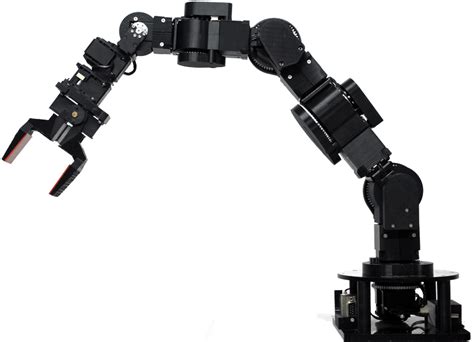 Read more: Robotic Arm Project: A Step by Step Guide
Read more: Robotic Arm Project: A Step by Step GuideIntroduction to Robotic Arms A robotic arm, also known as a mechanical arm or a manipulator, is a programmable mechanical device designed to mimic the functions and movements of a human arm. Robotic arms are widely used in various industries, including manufacturing, assembly lines, welding, and space exploration. They offer […]
-
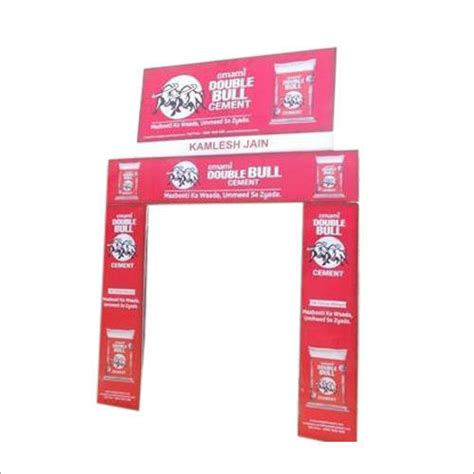 Read more: Flex Board Manufacturing-Tested And Reliable Introducing
Read more: Flex Board Manufacturing-Tested And Reliable IntroducingIntroduction to Flex Board Manufacturing Flexible printed circuit boards, also known as flex PCBs or simply flex boards, are revolutionizing electronic product design. Unlike traditional rigid PCBs, flex boards are made from thin, flexible materials that can bend and fold to fit into compact spaces and conform to three-dimensional shapes. […]
-
Hx711- A HX711 and Load Cell Guide
Posted by
–
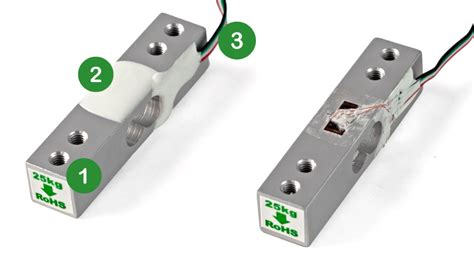 Read more: Hx711- A HX711 and Load Cell Guide
Read more: Hx711- A HX711 and Load Cell GuideWhat is a Load Cell? A load cell is a transducer that converts force or pressure into an electrical signal. It consists of a spring element and strain gauges. When a force is applied to the load cell, the spring element deforms, causing the strain gauges to change their resistance. […]
